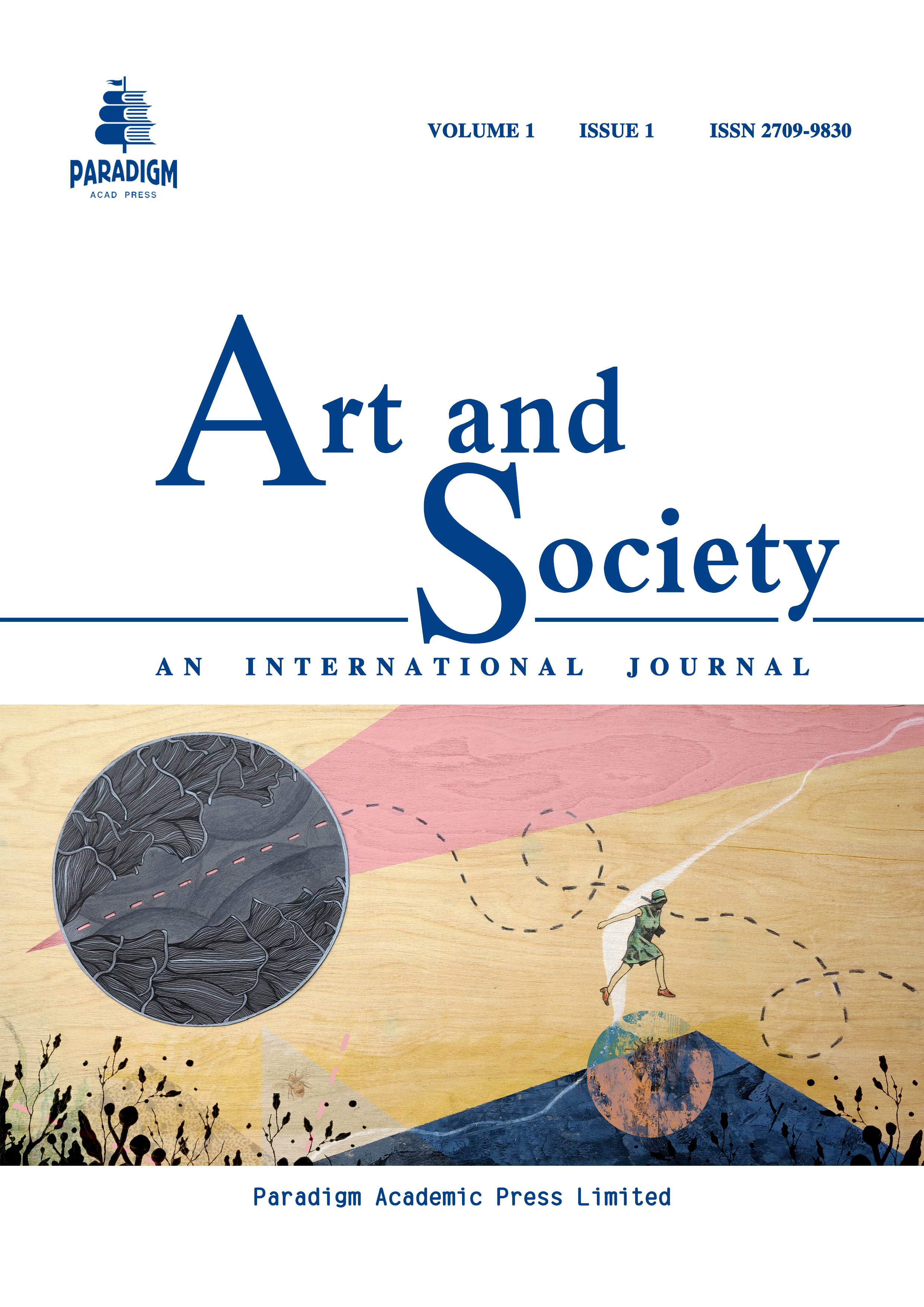Residential Marginalization of Renters: Social Adaptation of Urban Youth in Suburbanized Living in First-Tier Cities
Keywords:
residential marginalization, urban youth, suburbanization, affordable housing, urban planningAbstract
This paper explores the phenomenon of residential marginalization in China’s first-tier cities, focusing on its impacts on urban youth and their adaptive strategies in suburbanized living. As Beijing, Shanghai, Guangzhou, and Shenzhen transform into global economic hubs, the escalating housing crisis—characterized by rising property prices, speculative markets, restrictive urban planning, and the exclusionary Hukou system—has displaced low- and middle-income renters, particularly young professionals, to suburban peripheries. This spatial exclusion exacerbates social inequality, limits access to urban resources, and undermines the cultural and economic vitality of these cities. Drawing on the intersection of housing market dynamics, urban planning policies, and socio-economic barriers, this paper provides an in-depth analysis of the systemic drivers of marginalization. It examines the resilience and ingenuity of suburbanized youth, highlighting their use of technology, co-living models, grassroots initiatives, and entrepreneurship to navigate the challenges of suburban living. By reimagining suburban spaces through innovation and community-building, young renters demonstrate remarkable agency, though their adaptations also underscore the pressing need for structural reforms. The paper concludes by advocating for equitable housing policies, inclusive urban planning, and sustainable suburban development to address the root causes of marginalization and ensure first-tier cities remain accessible, dynamic, and inclusive spaces for all residents.


